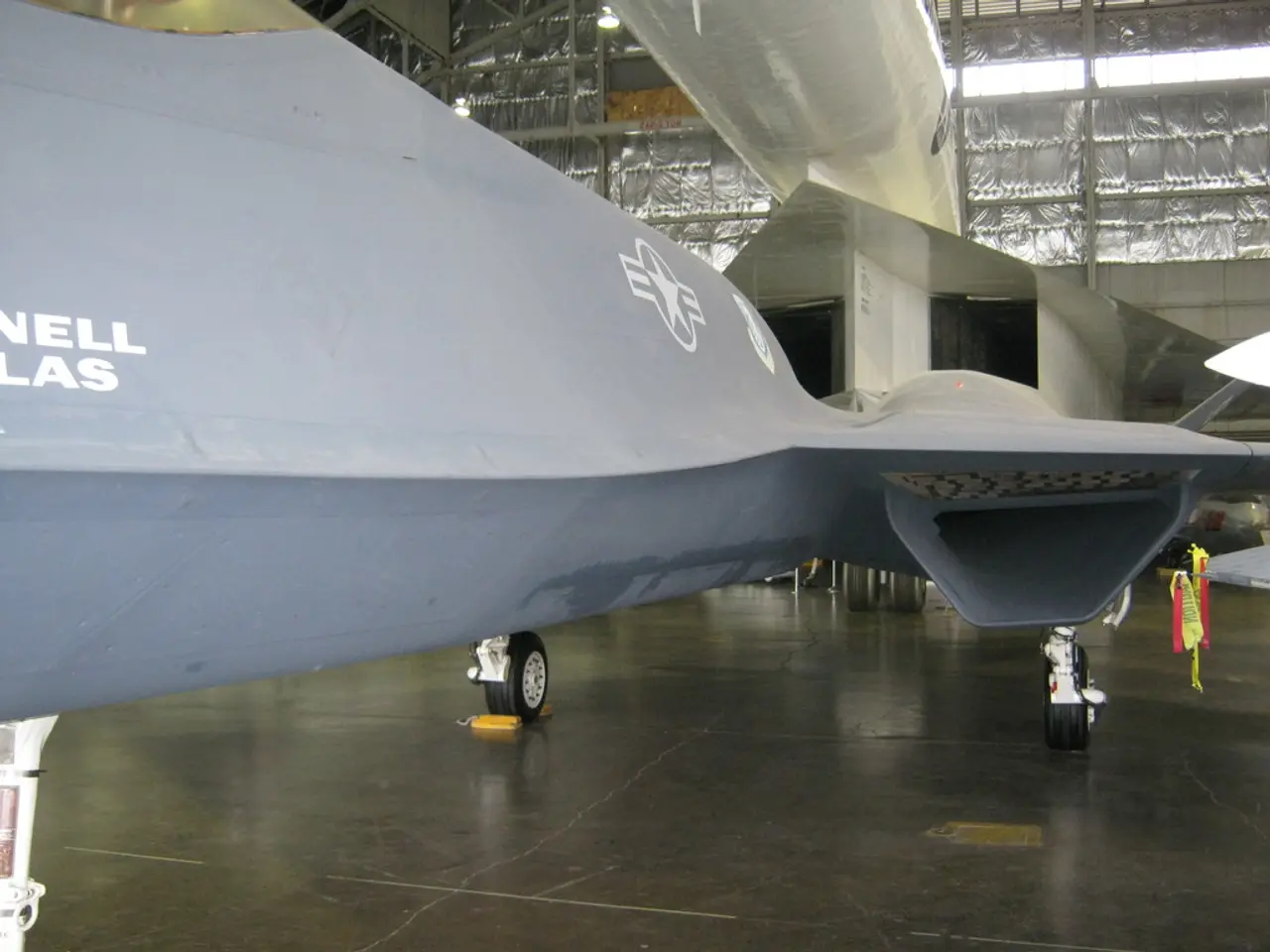Australian Airlines, Virgin Australia, are readying for a revival from their apparent demise
Virgin Australia, Australia's second-largest airline, is making a comeback after a significant restructuring following the financial distress caused by the COVID-19 pandemic. The airline, which went into trustee management in April 2020, is now backed by investment firm Bain Capital and aims to create a stronger, more profitable, and more competitive airline.
A New Focus on Regional and Narrowbody Aircraft
As part of the restructuring, Virgin Australia has axed its widebody fleet during the COVID-era restructuring. The airline's current in-house fleet consists mainly of narrowbody aircraft, including Airbus A320s and Boeing 737 variants, aligning with its regional and domestic focus.
Exploring the Return of Widebody Operations
Looking to the future, Virgin Australia is evaluating the potential return to widebody operations. In 2024, Qatar Airways acquired a 25% stake in Virgin Australia and launched a commercial partnership, including a wet-lease of two Boeing 777-300ER aircraft for flights from Australian cities to Doha. This arrangement serves as a testing ground to assess whether reintroducing long-haul widebody flights with either wet- or dry-leases would be economically viable.
The Comeback Sale
To celebrate its return, Virgin Australia announced a comeback sale with fares starting from $69 on 2 July 2020. Business class fares are available for $250 as part of the sale. The airline also offers 125,000 fares for specific destinations between 13 July and 31 August 2020.
A Shift in Business Model
This restructuring marks a major shift in Virgin Australia's business model from a broader international operator to a more regionally focused airline. The airline will primarily focus on domestic and short-distance international routes.
Unfortunately, Tigerair Australia, a sub-brand of Virgin Australia serving in the domestic ultra-low-cost carrier segment, will be closed. One third of the workforce of approximately 9,000 people will be laid off, and the fleet size of Virgin Australia will be reduced to around 80 aircrafts.
Despite these changes, Virgin Australia remains committed to providing high-quality service to its customers. The airline has since expanded to cover all major Australian cities and many holiday destinations.
In the past, Virgin Australia operated with two Boeing 737-400 aircrafts and offered seven return flights a day between Brisbane and Sydney. In 2008, the plans were approved by USA regulators due to the signing of an open skies agreement between Australia and USA, and the airline operated up to seven flights a week to USA through either Los Angeles or San Francisco.
In 2007, Australian regulators granted Virgin Blue permission for ten flights a week to USA. However, instead of using its existing brand, Virgin Blue launched a fully owned subsidiary named "V Australia" for its USA flights.
In the new period, Virgin Australia will reconsider all supplier contracts and evaluate potential partnerships to ensure the airline's long-term success. The airline's CEO indicated that any decision to invest capital in its own widebody fleet will likely take several years of monitoring these flights.
[1] [2] [3] (Sources)
- Following the restructuring, Virgin Australia is exploring ways to balance its finance and lifestyle offerings, considering the return of widebody operations to enhance its business model and travel opportunities for customers.
- With a focus on profitability and competition, Virgin Australia aims to invest in high-quality service and potential partnerships that align with its regional and domestic focus, while keeping an eye on opportunities to expand its travel offerings in the future.




